American Philosophical Society
We were asked by the American Philosophical Society (APS), founded by Benjamin Franklin in 1743, to bring its brand into a contemporary light. APS needed to unify a visual identity that had been fractured through ad hoc and inconsistent applications and a website that broke the silos that had emerged across its various departments and functions—a library, a museum, a grant program, and a membership base.
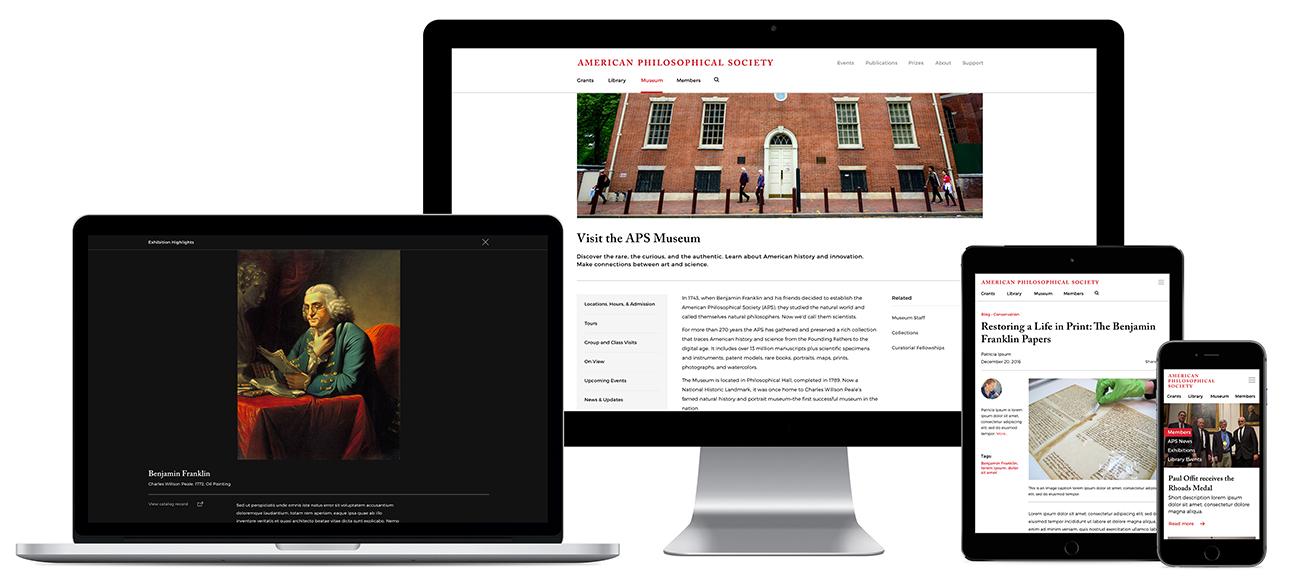
The Challenge
A pre-eminent learned society that boasts Nobel Prize winners as members, The APS struggled with remaining relevant for contemporary audiences. While the research and fellows it funded placed historical events and artifacts in the present tense, the APS had not found a way to articulate its brand to remain true to its traditional sets of stakeholders while expanding the audiences it reached.
The resulting visual identity is both classic and contemporary, rooted in history, yet nodding towards the society’s commitment to the future. The visual identity is clean, minimalistic, and elegant, conveying the society’s prestige and allowing the remarkable content to take center stage.
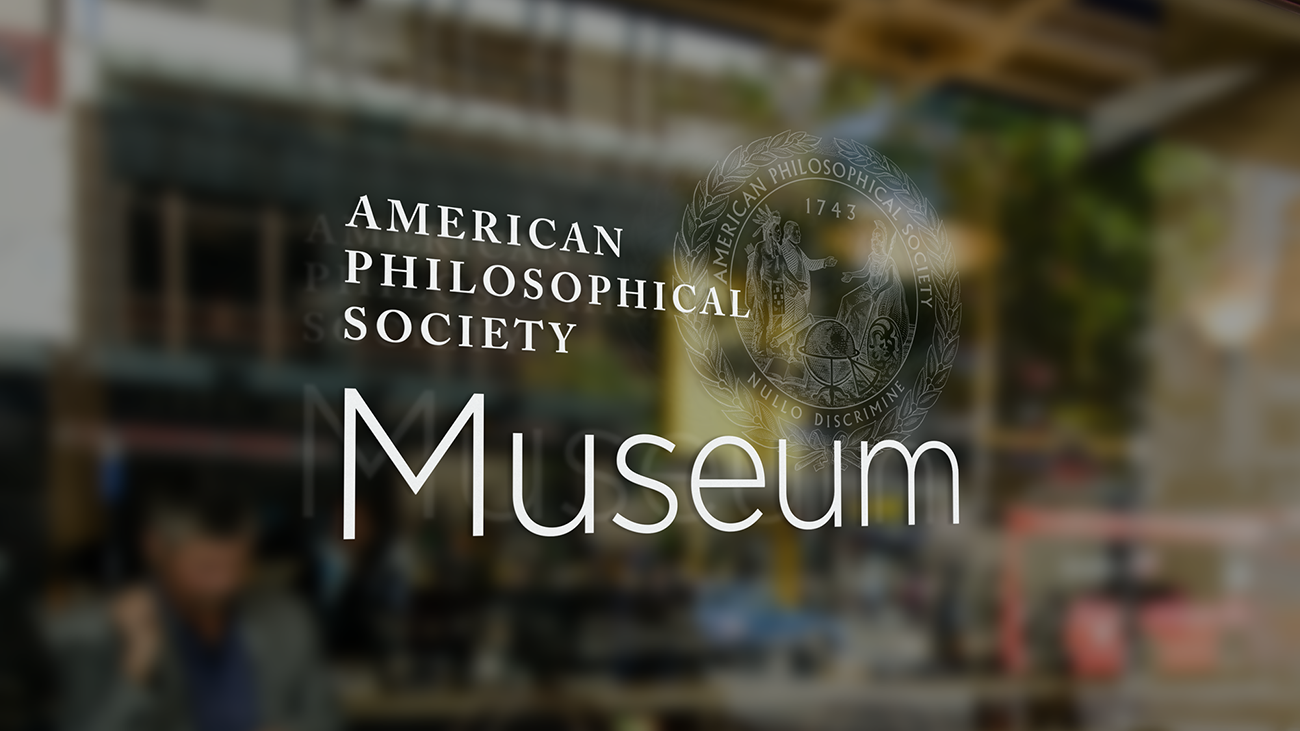
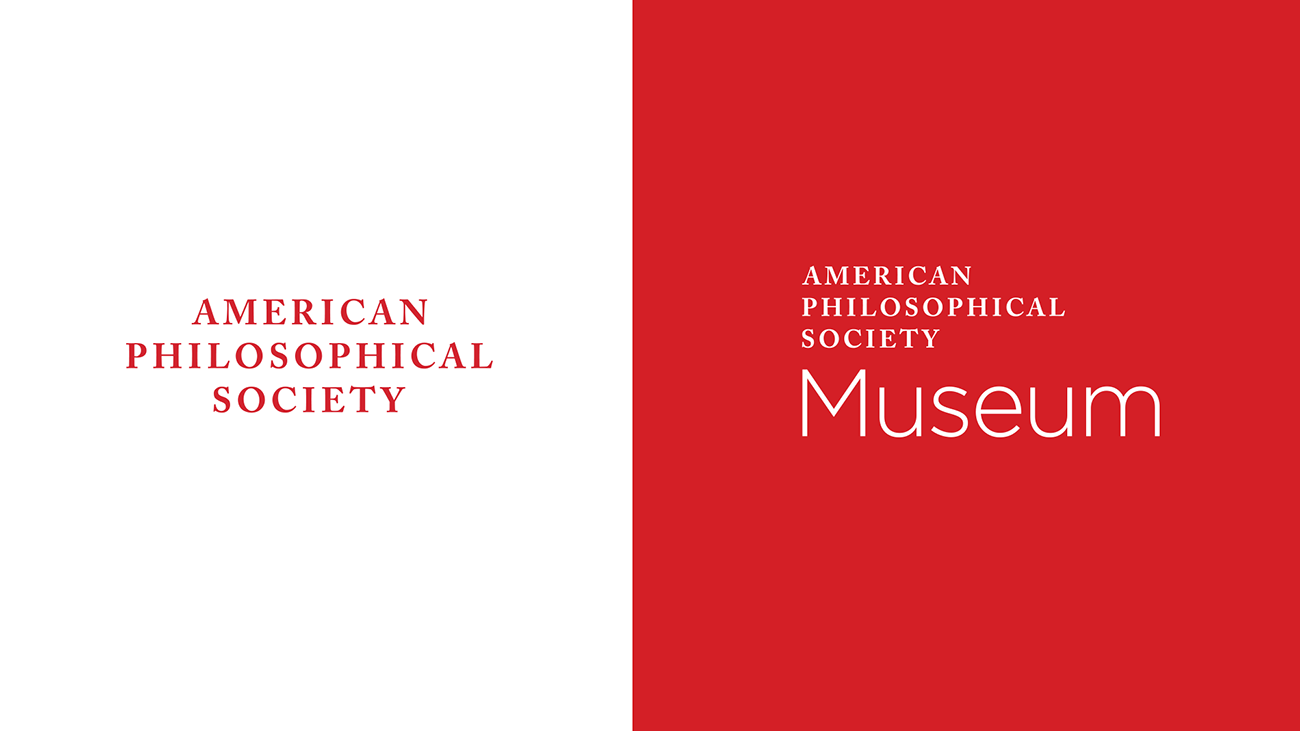
Brand Guidelines
In addition to a full website redesign and build, Message Agency has created a fully comprehensive brand for the APS, including an extensive brand guidelines document that clearly articulates their brand story and lays a framework for consistent use of all design elements, such as logo, typography, and color. The guidelines also specified the brand in multiple applications, such as bus shelter advertisements, social media imagery, stationery, even mugs and staff ID cards.
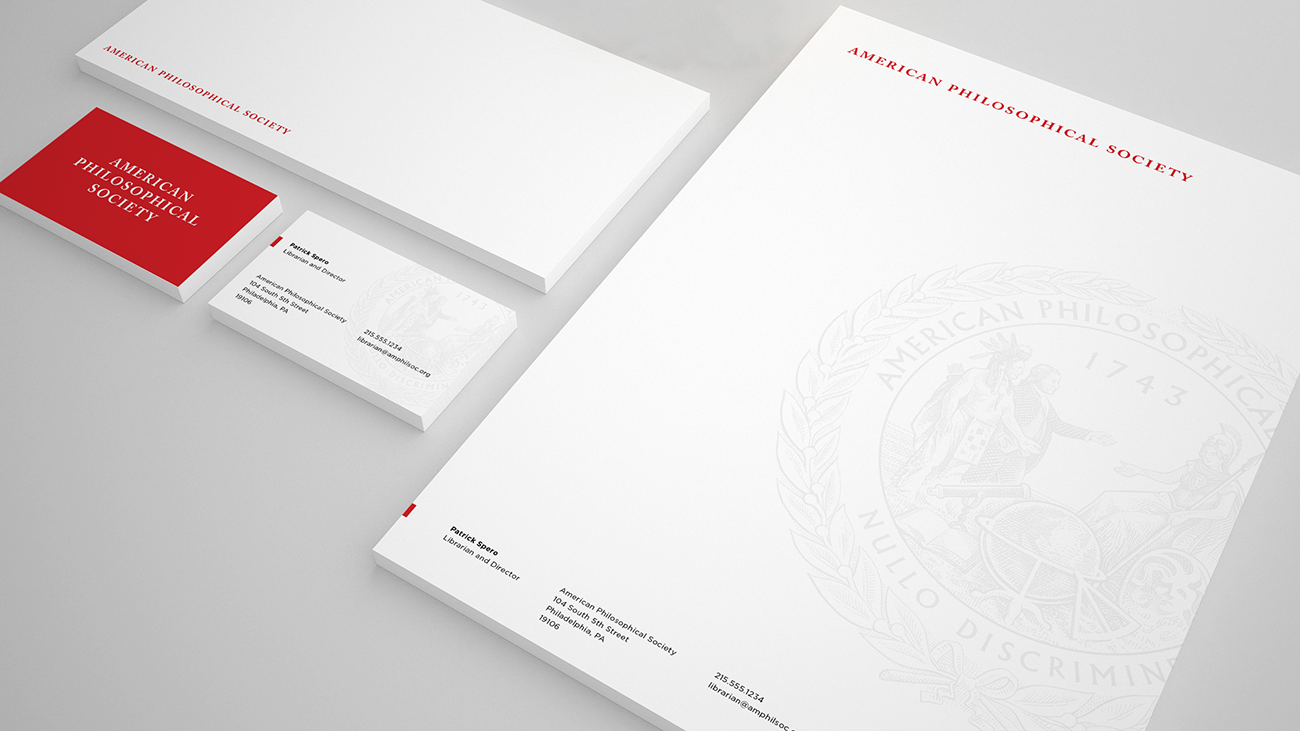
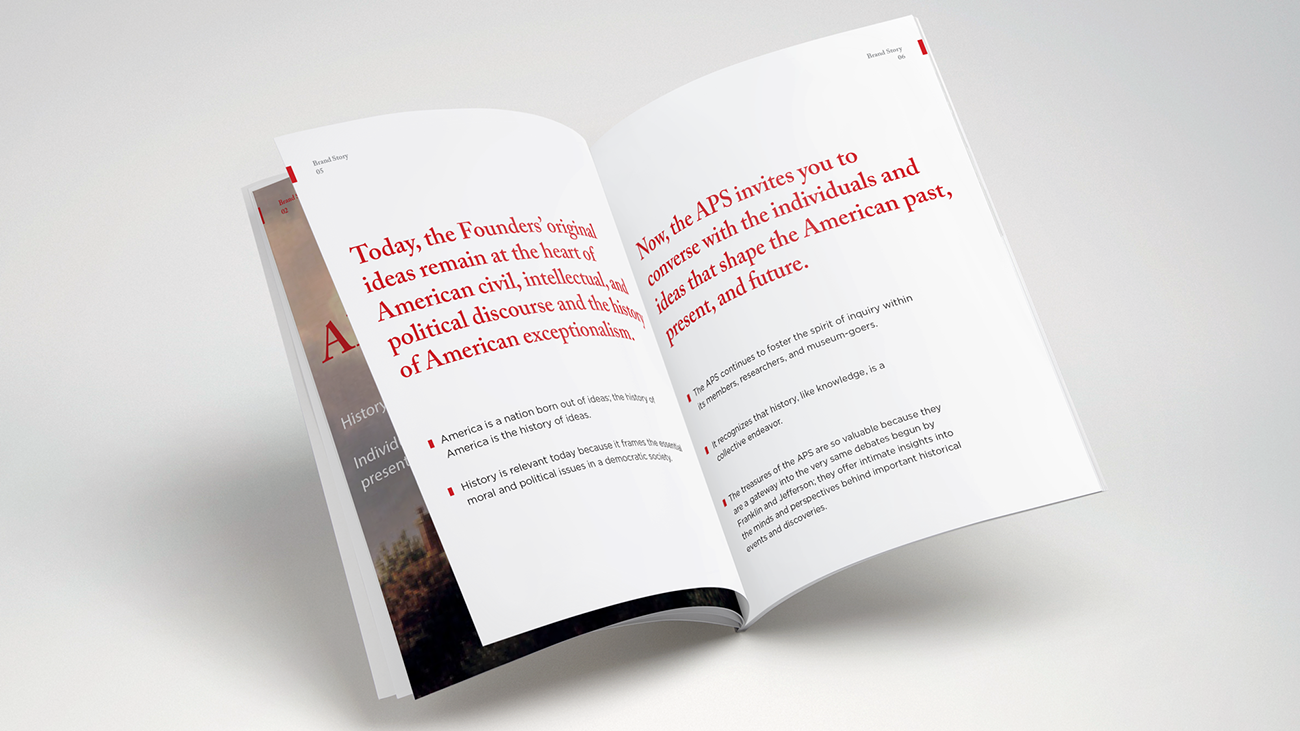
The new brand and website have unified more than the APS visual identity: it has helped staff identify ways that content and collaboration can occur across the organization in ways that help it to better curate and promote the knowledge it preserves and pursues.
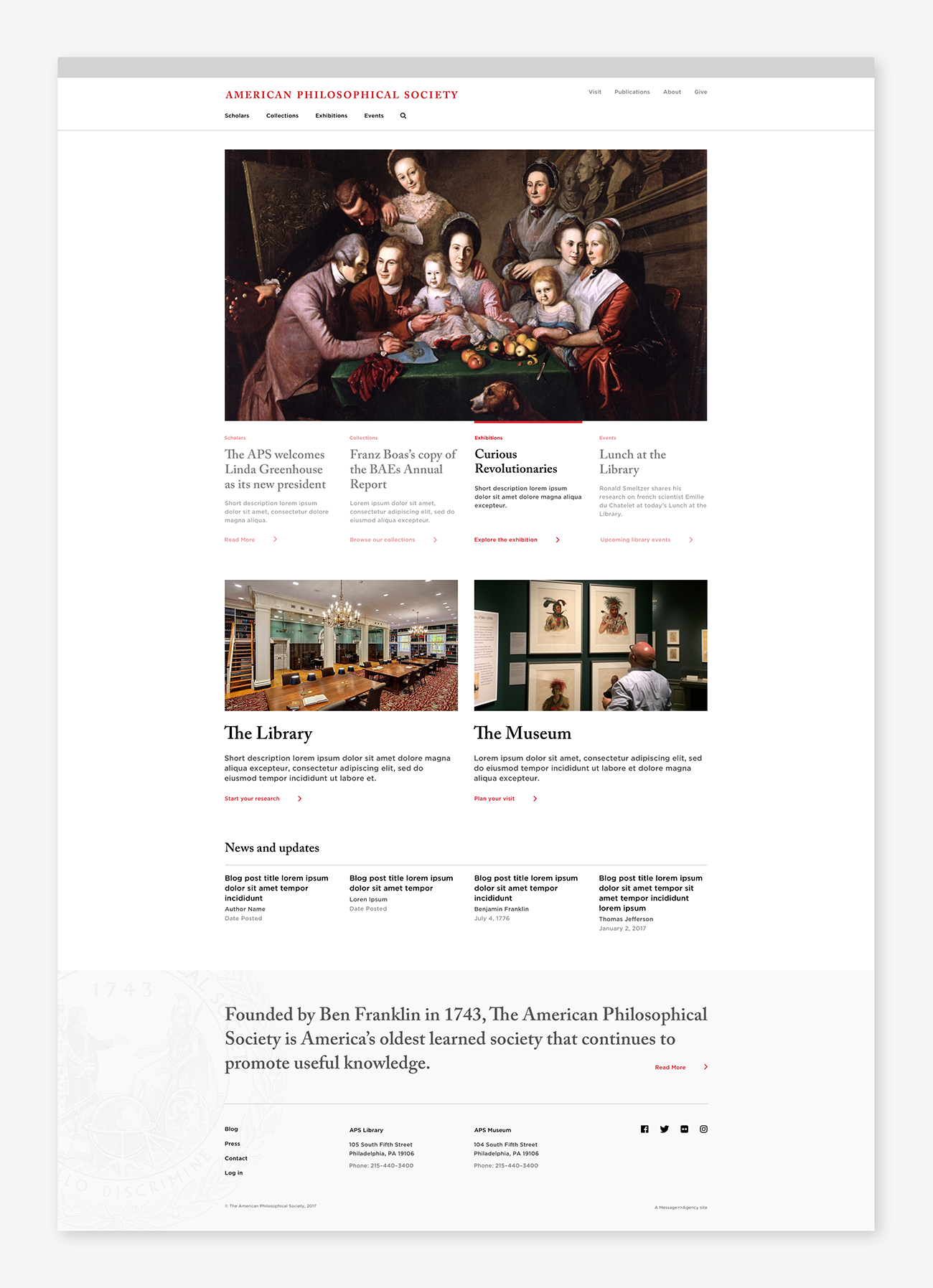
The site's new information architecture allows the APS to make connections across its departments, curating the layouts of landing pages, exhibitions, and other site sections to help users draw associations across the library, museum, and research activity within the institution.
The website represents a feature-rich platform to surface the tremendous collection of manuscripts, books, and artifacts it maintains. The layouts of landing pages and default pages are extremely flexible, allowing APS staff to construct structured layouts that avoid the walls of text that their previous site presented, without sacrificing being comprehensive when necessary. Landing pages allow users to easily preview the extensive collection items, research resources, funded programs, and other content types available, as well as filter and browse to quickly identify information most relevant to them. An exhibition tool allows both library and museum staff to construct online exhibits or archive in-person exhibits after their completion.